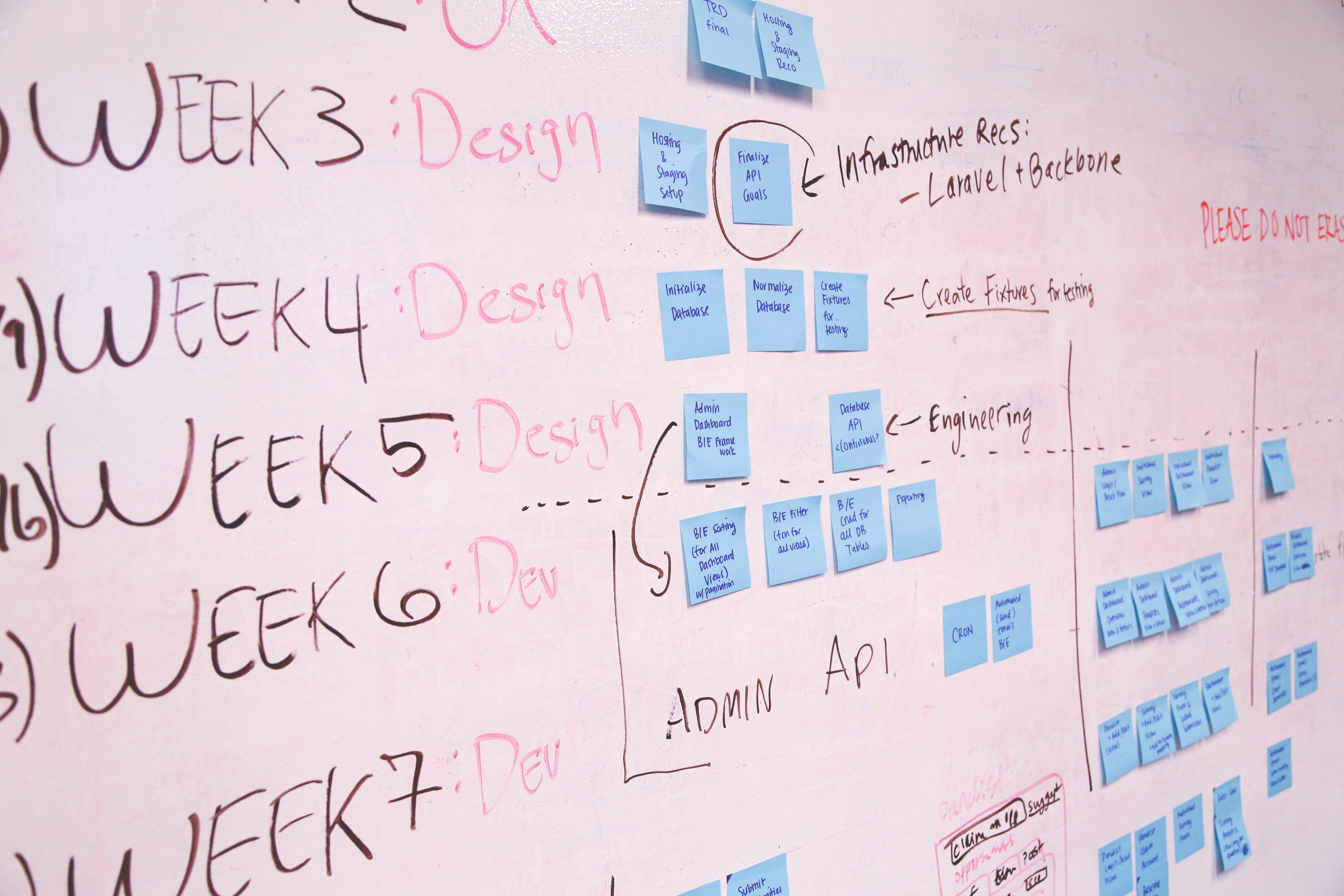
If you work in an office, you’re a project manager. You may not be certified as such. You may be the only one working on most of your projects. But you’re a project manager nevertheless. Each deal you put together, each case you work on, each vacation you plan is a project because each requires multiple steps aimed at achieving a specific outcome. In fact, you’re probably juggling fifty projects in various stages of development right now.
Why does this matter? Thinking of yourself as a project manager (PM) makes you approach your work with a PM’s sense of organization, oversight and follow-through. Otherwise, you may become another professional who, while expert in your field, conduct the “business” of your work haphazardly. You fly by the seat of your pants, putting out fires, just trying to meet the next deadline. You’re great at WHAT you do but not at HOW you do it. Fortunately, you can take control. You begin by tackling your work as a PM would:
Get a higher perspective. Rather than jumping in and just “doing,” a PM looks at the bigger picture to decide WHAT needs to be done and what can be delayed or ditched. By stepping away from the trees, you can see the whole forest. It’s the only way to know what is truly important. To do this…
Keep a list. A good PM maintains a list of all projects and subprojects. Reviewing this list regularly ensures that you don’t focus all your efforts on certain areas while ignoring others. It empowers you to sideline projects through choice rather than just realizing later they had slipped through the cracks.
Break it down. Successful PMs break down projects into the steps required to reach the goal. This process helps you plan new endeavors and to manage multiple routine projects, too. Imagine you’re a financial advisor with the project of turning prospect A into client A. The steps required might include initial contact, meeting setting (phone tag), information gathering, forms completion, recommendation planning, second meeting scheduling, plan implementation and so on. These steps are easy to keep straight if you have just a few prospects, but when you’ve got twenty or more, each at a different point, it’s easy to lose track. As a PM, you might use a checklist for each person. Checklists allow you to use your brain to plan and problem-solve, not remember the mundane. They enable you to follow-through relatively effortlessly.
Allocate resources efficiently. A PM ensures that you have the resources—time, energy, people, etc.—to complete each task. Your inner PM would compel you to delegate to the utmost so you could focus on the tasks that require your particular expertise. While an executive is not “above” doing copying or meeting scheduling, it is not the best use of the organization’s resources. An assistant could do it for $15 an hour; an executive for considerably more. Your most critical resource is time. As PM, you might decide to schedule a particular task on your calendar to ensure that you complete it before it’s due. Tasks that take an hour or more (and require uninterrupted time) belong on the calendar. It’s too easy to procrastinate on them because smaller (often less important) tasks seem so much more inviting and easier to accomplish.
Provide effective oversight. Finally, project managers provide oversight. You, the PM, would know the status of each project at a glance. If you’ve delegated pieces of the puzzle to others, you would request and receive “reports” about task completions or problems (e.g., “I sent the forms to Ms. Moreira”).
Stepping back from the “doing” of your work so you can decide what should be done, by whom and when is a critical aspect of your job. These are the tasks a project manager does. Start thinking of yourself as a project manager and you’ll start behaving as one. Your customer service, sense of control and follow-through will all improve when you do.
